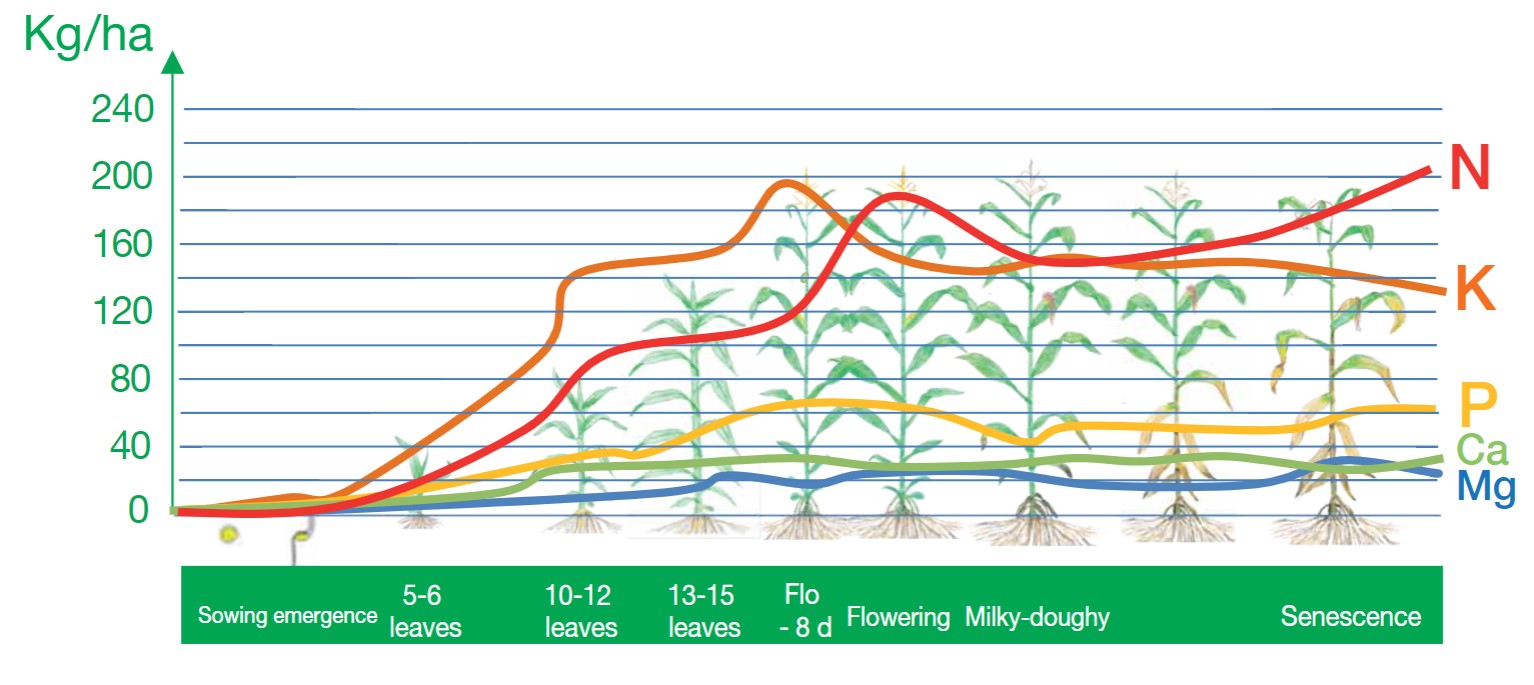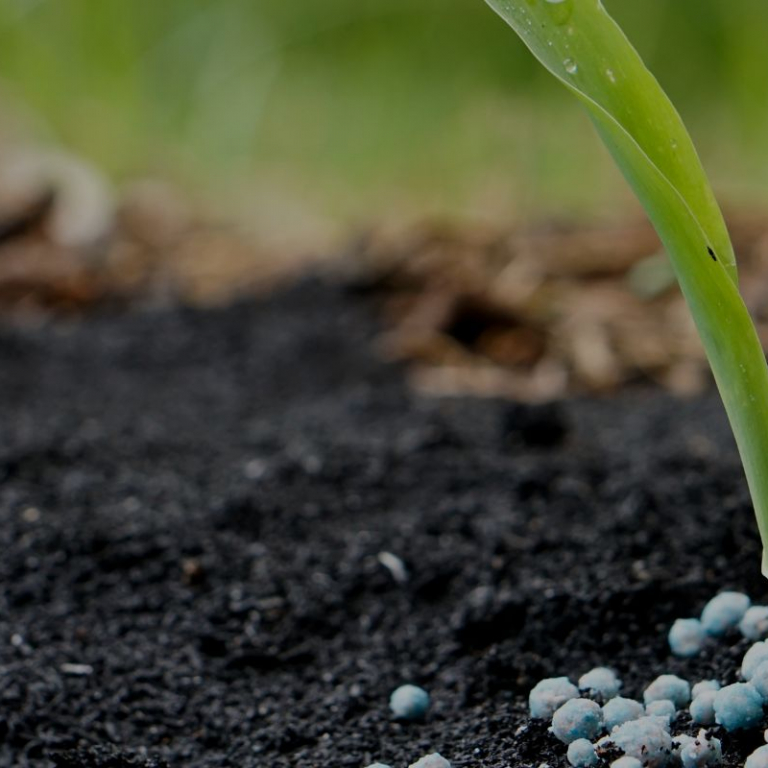A good fertilization to succeed in your cultivation
Fertilizing corn crops makes it possible to feed the plants, providing them with all the elements favorable to their growth. Fertilization contributes directly in plant productivity; it must be considered according to yield objectives, climate, soil, growing conditions, the ability of plants to absorb fertilizers, but also the cash available on the farm.
Before sowing: use a basline fertilizer
Even before sowing the corn, organic matter can be brought to the soil (compost, slurry, chicken droppings, etc.). This contribution helps to structure the soil and store elements useful for the nutrition of the seeds that will be sown.
To know more about this particular step, consultez notre article « comment bien préparer son sol »
Plural fertilizers, but common characteristics
There are many fertilizers on the market: organic fertilizers, mineral fertilizers, in solid or liquid form... They vary in their composition, but have common nutrients.
The 3 elements that mainly contribute to the growth of corn are nitrogen (N), phosphorus (P) and potassium (K): nitrogen especially as well as potassium are important for biomass production, phosphorus plays a role in root growth and energy transportation in the plant. Other chemical elements can also be used in the composition of fertilizers, these are trace elements such as zinc, boron, manganese, sulfur etc.
.jpg)
Define the amount of fertilizer to be given
The amount of fertilizer brought in depends on the yield you want to have. For nitrogen fertilizer inputs, the main component of plant growth, it is considered, on average, that it takes 22 kilograms of nitrogen (also called nitrogen units) to produce 1 ton of corn. The soil already has nitrogen stock at sowing, which must be completed by providing fertilizers.
Here are MAS Seeds' recommendations on the nitrogen dose to provide according to your yield objectives:
Our maize can reach up to 12T yield with a density of 62,500 plants/ha and fertilization accordingly. With a very reduced fertilizer intake, they will still be able to achieve 6 tons / ha.
Be careful, not all fertilizers contain the same amount of nitrogen : the amount of fertilizer brought to the field needs to be adjusted according to the product used.
Split your inputs for more efficiency
The plant does not have the same nutritional needs depending on its stage of development.
The table below shows the key moments of corn growth and the use of N-P-K elements by the plant throughout its cycle.

To increase the efficiency of the fertilization and its assimilation by plants, it is important to split the inputs. This makes it possible to bring the nutrients as close as possible to the needs of the plants.
At MAS Seeds, we advise you to divide the fertilization into 3 inputs (in addition to the baseline fertilizer to bring before sowing):
1 - At sowing stage : The fertilizer brought to the seedling, or starter fertilizer, secures the implantation of the crop. It promotes emergence, and good root setting up. Starter fertilizers are often in the form of granules, they are to be laid out 5 cm next to or below the seed, without direct contact.
We recommend you to bring between 20 and 50 units of nitrogen for sowing. If you can not bring the fertilizer to the seedling, then bring it to the stage 3-4 leaves.
.jpg)
2 - At stage 3-4 leaves : You can bring foliar fertilizers, rich in trace elements at this stage. These fertilizers have a rapid action and most often contain complementary nutrients of nitrogen, phosphorus and potassium.
3 - At the 6-8 leaf stage : the corn absorbs and recovers nitrogen the most : the nitrogen really help the growth of plants, which limits losses.
Be careful, too late fertilization after this stage could degrade the final yield, so remember to intervene at the right time by monitoring your crops. We recommend that you bring all the remain of the nitrogen units to this period.
Ensure the quality of the application
For effective fertilization of all plants, it is necessary to control the dose provided to ensure a homogeneous distribution of the fertilizer used.
- If you use a mechanical or manual spreader, check that the tool is properly calibrated and evenly distributed the product over the plot. A well-calibrated spreader will make it possible to know the quantity brought per hectare.
- If you do manual fertilization, make sure that the same amount of product is brought to each plant.
In any case, if you use a solid fertilizer, bury it to ensure its effectiveness and avoid losses. Beware of drying conditions and irrigation-less, because solid fertilizer needs water to melt and be usable.
Be careful : fertilization is not the only factor that affects the yield of your corn! The supply of water (rain or irrigation), the protection of crops against insects and diseases, climatic conditions etc. are all factors that can also impact the final production of your plot.
Grain Maïs
A lire aussi




